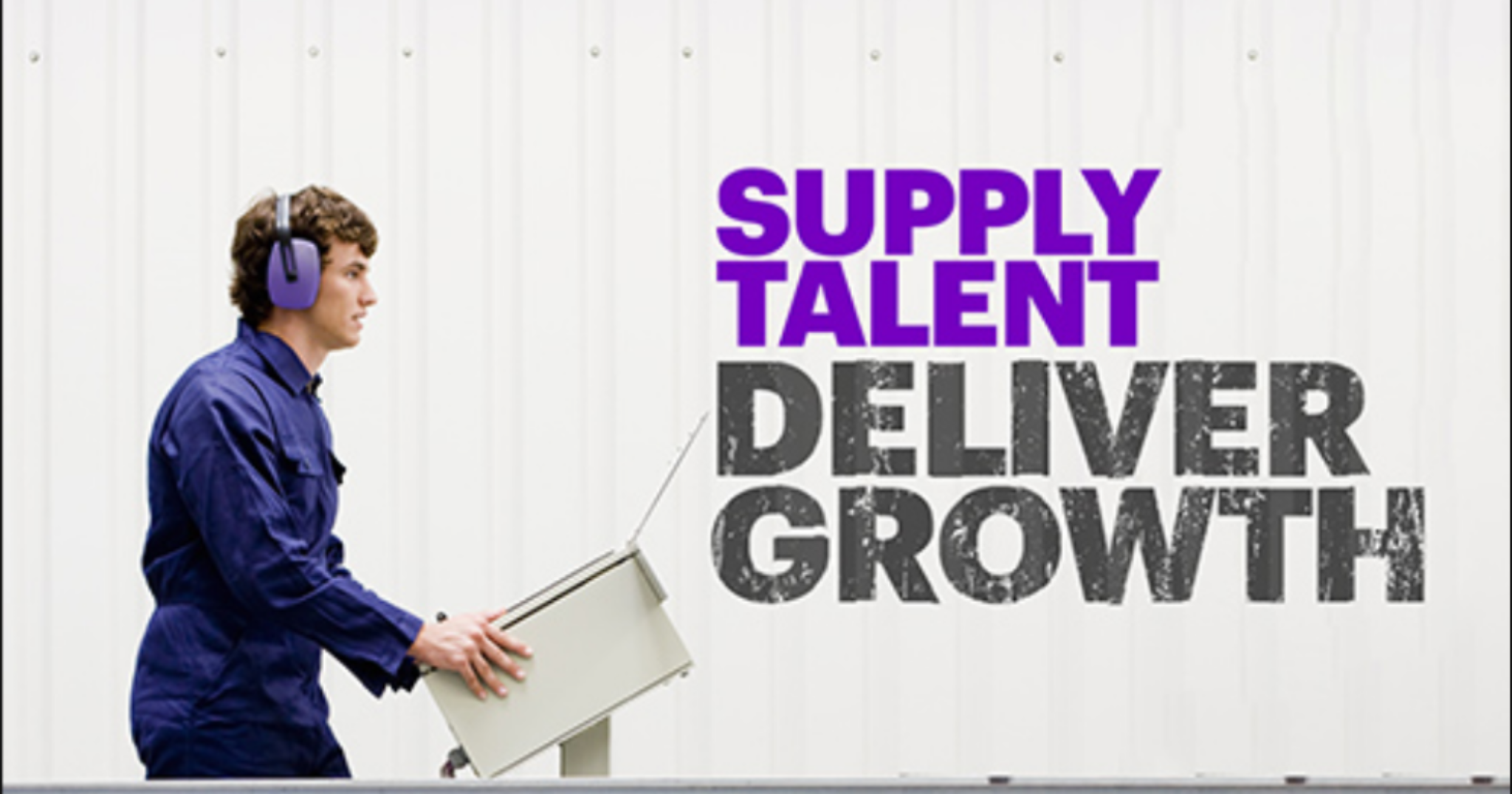The COVID-19 pandemic remains a health and humanitarian crisis, but the business impact on organizations is now profound.
What to do now. What to do next.
As governments make significant interventions in response to the coronavirus, businesses are rapidly adjusting to the changing needs of their people, their customers and suppliers, while navigating the financial and operational challenges. MWC is helping enterprises address the short- and long-term consequences. Among the top priorities are protecting their people, building resilient supply chains and putting in place new ways to serve their customers.
Here we address specific business impacts across a range of function areas. We will update these pages as the crisis evolves and as companies seek to address subsequent challenges.
Impact on Customers: Acting to maintain responsive customer service


Impact on Supply Chain: The need for supply chain resilience

- Within 72 hours: Assess current operations and outline initial recommendations
- Within 1 week: Establish command center and begin rapid response deployment
- Within 2 weeks: Rapidly adjust operations and continue response cycle
- Within 4 weeks: Establish an ongoing operating capability
A continuous cycle of risk sensing, analysis, configuration, response and operation will help to optimize results and mitigate risks:

Impact on Leadership: The need to build human resilience


Impact on the Workplace: Creating a digital elastic workplace
- PROTECT AND EMPOWER YOUR PEOPLE:
Adjust your workplace to enable your people to work remotely through digital collaboration tools. Build the necessary skills around these new ways of working. Start cultivating a digital culture. Construct a workplace of trust. - SERVE YOUR CUSTOMERS’ CORE NEEDS:
Adapt to changing global and local conditions by serving your customers’ core needs, including being transparent in your operations and compassionate in your engagements all of which will create deeper, more trusted relationships. - ESTABLISH BUSINESS CONTINUITY:
Ensure supplier relationships and business to business processes are effectively supported. Develop new business processes to adapt to new ways of collaborating and decision-making.
An Elastic Digital Workplace is enabled by policies and culture, technology and communications. The fundamental elements include collaboration tools, robust network connectivity to enable virtual working and advanced security procedures. As important are clear business continuity working protocols and communications, as well as guidance for employees, partners and customers.




